The details are hazy as I recollect this from my nipper days.Many, many years ago.
“Persons were charged with stealing electricity by placing a large coil, somehow, near high voltage AC transmission lines.”
Is this feasible or was it perhaps an April fool’s article that I swallowed hook line and sinker in my youthful naivety.
There is a modern reason for this question.
Due to country wide cable and transmission tower spar actual theft. We are looking at placing modules with a gyroscope and Wifi module to form a mesh that will report if a tower is being “attacked”. Of course I will still have to test if the electronic gyroscope is sensitive enough for this. But one of the problems is going to be, how to power the unit? Solar will require an extra solar panel and battery. If I could tap into the radiated energy from the actual transmission line, great. Many modern SOCs don’t require much power and can sleep most of the time.
To clarify our needs. We are looking at building a device to sense if parts of the metal tower are being removed by scrap metal thieves. If too many parts are removed from the tower. It will buckle and earth the line. This is still at the feasibility stage.

